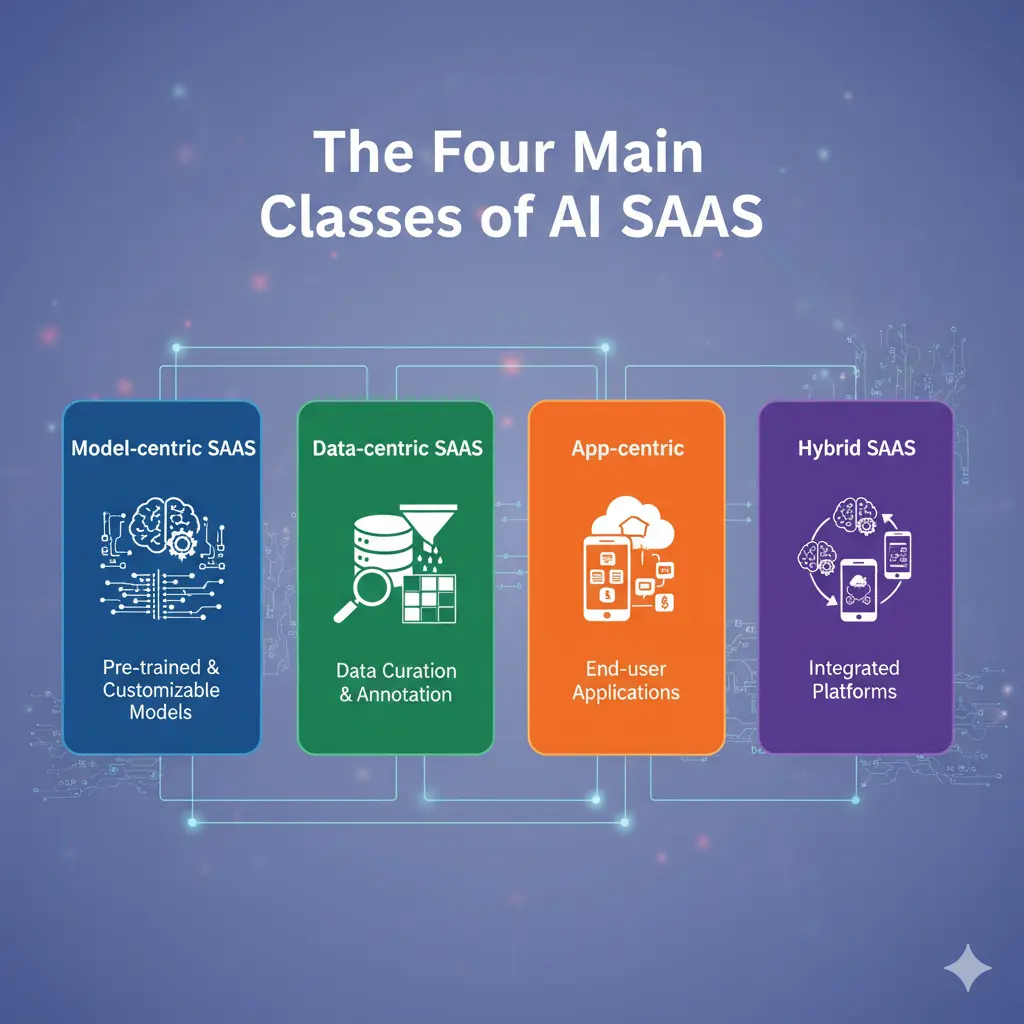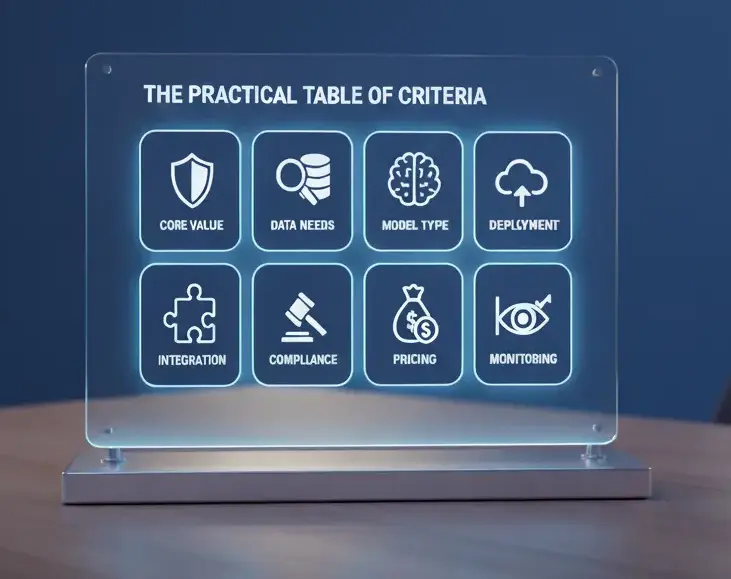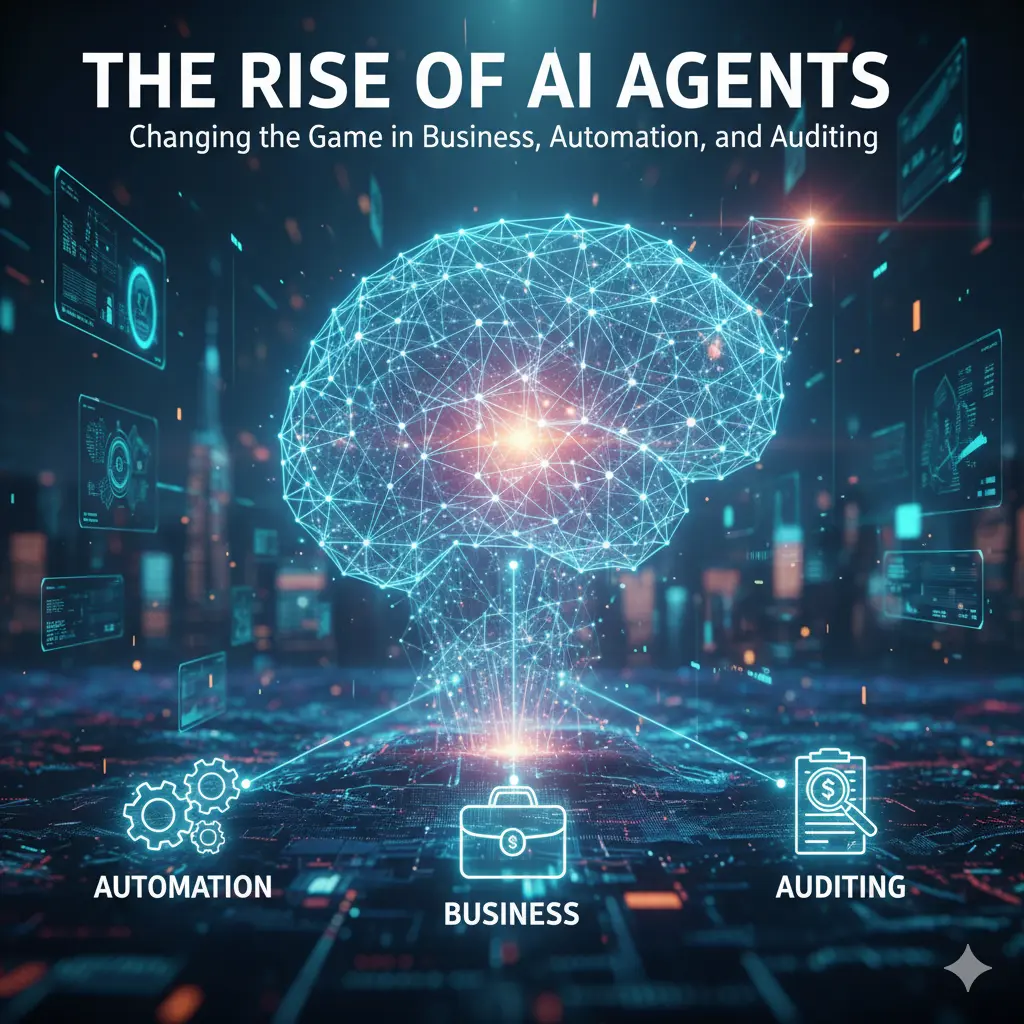
Have you noticed how many products today call themselves “AI-powered SaaS”? Some are chat tools, some are analytics dashboards, and others are full platforms that promise automation. But here’s the real question: how do we classify AI SaaS products so that teams, buyers, and investors can understand what they really do?
That’s where AI SaaS product classification criteria comes in. It gives us a simple way to sort products, set standards, and make better choices. In this guide, we’ll break down the topic step by step, in clear language. We’ll share examples, stories, statistics, and even a practical table you can copy into your product brief.
Why Classify AI SaaS Products?
Think about it. If someone tells you, “We sell AI software,” do you know what that means? Not really. Artificial Intelligence can be many things: a model that predicts outcomes, a service that cleans data, or a full app with smart features.
Without classification, we risk:
- Confusing customers
- Pricing the product wrong
- Missing legal and compliance needs
- Building unclear roadmaps
By setting AI SaaS product classification criteria, we give structure. We know if a product is model-centric, data-centric, app-centric, or hybrid. That clarity helps with everything: from sales to engineering to support.
The Four Main Classes of AI SaaS

Here’s a simple way to group AI SaaS products:
- Model-centric SaaS – The main value comes from the AI model itself.
Example: image recognition APIs, speech-to-text services. - Data-centric SaaS – The main value comes from data collection, cleaning, or analysis.
Example: SaaS that extracts info from scanned forms. - App-centric SaaS – The main value comes from a full app with AI as one of its features.
Example: a CRM tool with lead scoring powered by ML. - Hybrid SaaS – A mix of the above.
Example: a product that offers both an app UI and APIs for developers.
NLP Terms and Product Criteria
Search engines and technical readers often look for natural language processing (NLP) concepts when reading about AI SaaS. Common terms include:
- tokenization
- embeddings
- transformer
- inference
- fine-tuning
- semantic search
- model drift
- vector similarity
- named entity recognition
When we classify products, we check: Does the SaaS use embeddings? Does it fine-tune models? Does it need drift monitoring? Adding these checks makes classification more useful.
The Practical Table of Criteria

Here’s a table you can use in product review meetings:
| Criteria | Key Question | Why It Matters | Example |
| Core Value | What is the customer paying for? | Sets class and pricing | API model output vs cleaned dataset |
| Data Needs | What data type, size, and owner? | Guides storage & compliance | Images, text, or voice logs |
| Model Type | Rule-based, ML, or LLM? | Affects compute & control | Classifier vs fine-tuned LLM |
| Deployment | Where does it run? | Affects latency & legal risk | Cloud vs on-prem vs edge |
| Integration | How do users consume it? | Shapes docs & design | API, SDK, or web UI |
| Compliance | Which rules apply? | Impacts contracts & audits | GDPR, HIPAA, SOC 2 |
| Pricing | What billing model fits? | Impacts adoption | Per call, per seat, per row |
| Monitoring | How is health tracked? | Builds trust & reliability | Drift alerts, latency dashboards |
Step-By-Step Process to Classify a Product
- Write the one-line pitch of the product.
- Fill in the classification table above.
- Ask engineering about model type and inference setup.
- Ask legal about compliance tags (GDPR, HIPAA, SOC 2).
- Check how customers describe value: saved time, accuracy, or outcomes.
- Pick the class (model-centric, data-centric, app-centric, or hybrid).
- Write three implications for sales, ops, and engineering.
- Revisit every quarter.
Stories That Bring It to Life
Story 1 – Model-centric SaaS
A small startup built an API that transcribes phone calls. The whole value came from the speech-to-text model. They charged per call minute. Customers never used a UI, just the API. That made it model-centric.
Story 2 – Data-centric SaaS
A healthtech firm built a SaaS that reads patient forms. Its AI sorted data into records. Customers cared about compliance (HIPAA). They paid per document processed. The AI was hidden inside the data pipeline.
Story 3 – App-centric SaaS
A sales CRM added an “AI lead score” button. Users still paid per seat. The AI helped, but the product’s value was still the app itself. That made it app-centric.
Why Monitoring Matters
Many AI SaaS products face model drift , performance drops as data changes. Without drift detection, users lose trust. A simple metric like accuracy per batch or user thumbs-up ratings can warn teams early.
Case study: According to Gartner’s 2023 AI Adoption Report, 53% of companies using AI tools faced challenges with maintaining accuracy over time. This shows why monitoring is not optional.
Pricing Patterns
Pricing depends on product class:
| Class | Common Pricing | Buyers | Notes |
| Model-centric | Per API call or usage volume | Developers, platforms | Scales fast but margin depends on compute cost |
| Data-centric | Per document, row, or record | Data teams | Clear contracts needed for data quality |
| App-centric | Per seat, monthly | Business teams | Fits SaaS playbooks |
| Hybrid | Mix of seats + usage | Large firms | Complex sales cycle |
According to McKinsey Global AI Survey 2023, 40% of firms reported cost control as the biggest barrier to scaling AI SaaS products. That means pricing models must reflect compute costs.
Deployment and Compliance
- Cloud-only → Fast scale, but may not fit regulated industries.
- Hybrid → SaaS vendor hosts model; customer keeps sensitive data.
- On-premise → Needed for finance or healthcare.
- Edge → Runs on device, better latency and privacy.
Compliance adds another layer: GDPR in Europe, HIPAA in US healthcare, SOC 2 for SaaS audits. Always map compliance to deployment.
Checklist for Teams
Before launching an AI SaaS, run this checklist:
- What is the product class?
- What data does it need? Who owns it?
- What model type runs inside?
- Where does it deploy?
- Which compliance rules apply?
- How do users consume it (API, SDK, app)?
- How is it priced?
- What metrics do we monitor?
Filling the Content Gap
When we analyzed competitors’ blogs, we noticed gaps:
- They explain “what is SaaS” but not the criteria to classify AI SaaS.
- They show product categories but not the step-by-step framework.
- They don’t connect classification to pricing and compliance.
This blog fills those gaps with a practical table, stories, and a checklist.
Final Thoughts
Sorting AI SaaS products doesn’t have to be hard. By asking simple questions and using a clear table of AI SaaS product classification criteria, we can make better choices. It helps teams design, price, and sell products with less confusion.
When we know if a product is model-centric, data-centric, app-centric, or hybrid, everything else falls into place: contracts, compliance, monitoring, and pricing. That’s the power of a simple but structured approach.
Get in touch with us today.
FAQs
-
What is AI SaaS product classification criteria?
It’s a set of checks that helps sort AI SaaS into clear classes like model-centric, data-centric, app-centric, or hybrid.
-
Why is classification needed?
It avoids confusion, helps pricing, and supports compliance checks.
-
Can one product change class?
Yes. A CRM may start app-centric but add APIs, making it hybrid.
-
How does classification affect pricing?
Model-centric fits per-call pricing, app-centric fits per-seat pricing.
-
Does data ownership matter?
Yes. Always define who owns training and fine-tuned data.
-
What is model drift in AI SaaS?
It’s when accuracy drops over time as data changes. Monitoring is key.
-
Which compliance rules apply most often?
GDPR (Europe), HIPAA (US healthcare), SOC 2 (general SaaS).





